Budget-Friendly Ways to Decorate Your Home

Decorating a new home is exciting, but it can also feel expensive fast. With furniture, paint, and finishing touches, costs can add up quickly. The good news is, you don’t have to spend a lot to create a space that feels like home. Start by focusing on one room at a time to avoid feeling overwhelmed. Look at what you already own and think creatively about how to reuse it. Even a fresh coat of paint or new hardware can make a big impact. Shopping secondhand can also stretch your budget while giving your home personality. Thrift stores, online marketplaces, and garage sales are full of hidden gems. You can find quality pieces for a fraction of the cost. DIY projects also help reduce spending and add personal touches. Small changes—like curtains, lighting, or rugs—can transform a space without breaking the bank. A thoughtful approach can go further than a big budget.
Set a budget before you begin and make a list of priorities. Think about which spaces you’ll use most and start there. For many, that’s the living room or bedroom. Focus on items that offer both function and style—like a sofa, table, or bed frame. Try to wait for sales or use coupons when possible. Avoid buying everything at once, and take time to figure out your style. You don’t need to follow trends to have a nice home. Stick to neutral pieces for your big items, then add color and texture with decor. Throw pillows, blankets, and artwork are easier to change than large furniture. Wall paint is another budget-friendly tool that can refresh a room instantly. Paint sample cards first to avoid mistakes and choose tones that fit the space. With a little patience, your home can come together beautifully without overspending.
Personalizing your space doesn’t require designer prices. Print your own photos, frame meaningful items, or hang shelves for added interest. Plants are another affordable way to add life and color to a room. They don’t cost much and help purify the air while making your space feel more complete. Mirrors can make small rooms feel larger and add brightness. Lighting also makes a big difference—swapping out old fixtures or adding lamps can update a room fast. Use baskets or decorative boxes for storage that looks neat and intentional. Rearranging furniture or repurposing items from other rooms can bring new energy without spending a dime. Remember, your home should reflect you, not a catalog. When items have meaning or memory attached, the space feels more grounded. It’s not about perfection—it’s about comfort and creativity. Your home should feel like a place you want to be.
Set a budget before you begin and make a list of priorities. Think about which spaces you’ll use most and start there. For many, that’s the living room or bedroom. Focus on items that offer both function and style—like a sofa, table, or bed frame. Try to wait for sales or use coupons when possible. Avoid buying everything at once, and take time to figure out your style. You don’t need to follow trends to have a nice home. Stick to neutral pieces for your big items, then add color and texture with decor. Throw pillows, blankets, and artwork are easier to change than large furniture. Wall paint is another budget-friendly tool that can refresh a room instantly. Paint sample cards first to avoid mistakes and choose tones that fit the space. With a little patience, your home can come together beautifully without overspending.
Personalizing your space doesn’t require designer prices. Print your own photos, frame meaningful items, or hang shelves for added interest. Plants are another affordable way to add life and color to a room. They don’t cost much and help purify the air while making your space feel more complete. Mirrors can make small rooms feel larger and add brightness. Lighting also makes a big difference—swapping out old fixtures or adding lamps can update a room fast. Use baskets or decorative boxes for storage that looks neat and intentional. Rearranging furniture or repurposing items from other rooms can bring new energy without spending a dime. Remember, your home should reflect you, not a catalog. When items have meaning or memory attached, the space feels more grounded. It’s not about perfection—it’s about comfort and creativity. Your home should feel like a place you want to be.
Decorating on a budget takes a little more time and thought, but the results are often more personal. Instead of rushing to fill space, you build a home that grows with you. Take pride in the choices you make, even if they’re small. Each one adds a layer to the story of your home. Budget decorating also helps you appreciate what you have and spend wisely. Over time, you’ll find what matters most to you in a space. Whether it's color, comfort, or function, your style will show through. Don’t worry if it takes a while—homes evolve as people do. Make changes as you learn more about your habits and preferences. In the end, a well-loved space is better than a perfectly styled one. With a little effort and intention, your home will feel just right. And that feeling doesn’t come with a price tag.
Categories
Recent Posts
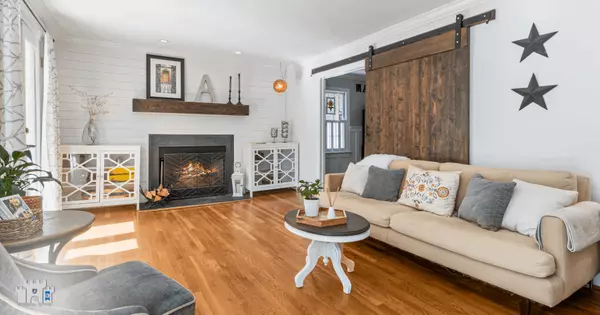
Building a Routine That Keeps Your Home in Shape
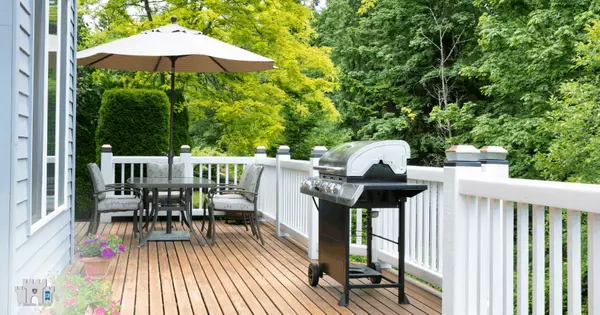
Simple Deck Care Tips for Homeowners

How Video Walkthroughs Improve Real Estate Marketing
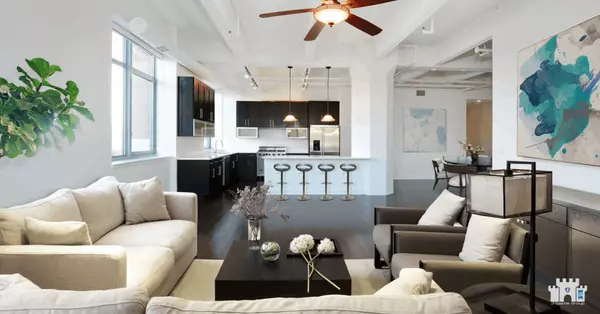
Last-Minute Buyer Requests: A Seller’s Guide
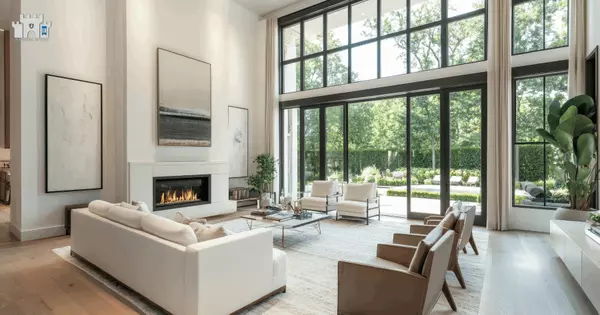
Why Natural Light Matters When Choosing a Home
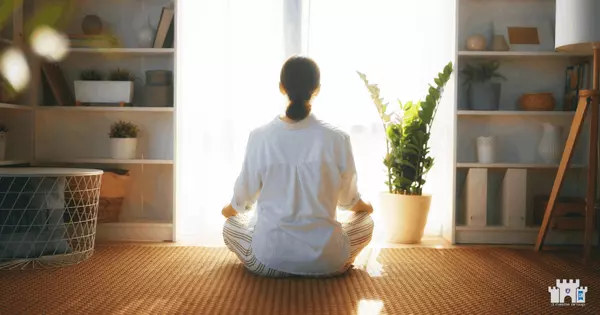
Why Wellness Spaces Appeal to Buyers
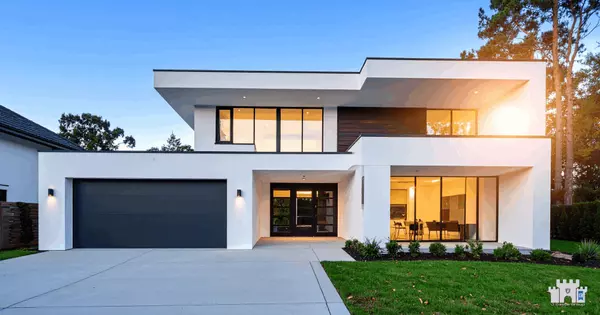
Is Less Grass Better for Homeowners?

Making Flexible Floor Plans Work in Marketing
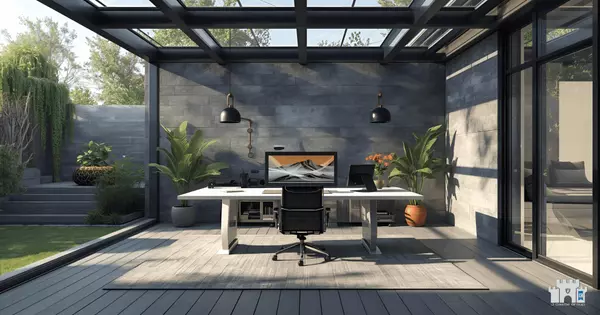
How to Market a Home With Outdoor Workspaces

Planning a Simple and Affordable Housewarming Party
GET MORE INFORMATION

Kenneth Jamaca
Managing Broker | REALTOR | License ID: 02080040
+1(925) 413-1849 | kenneth@jcastlegroup.com
